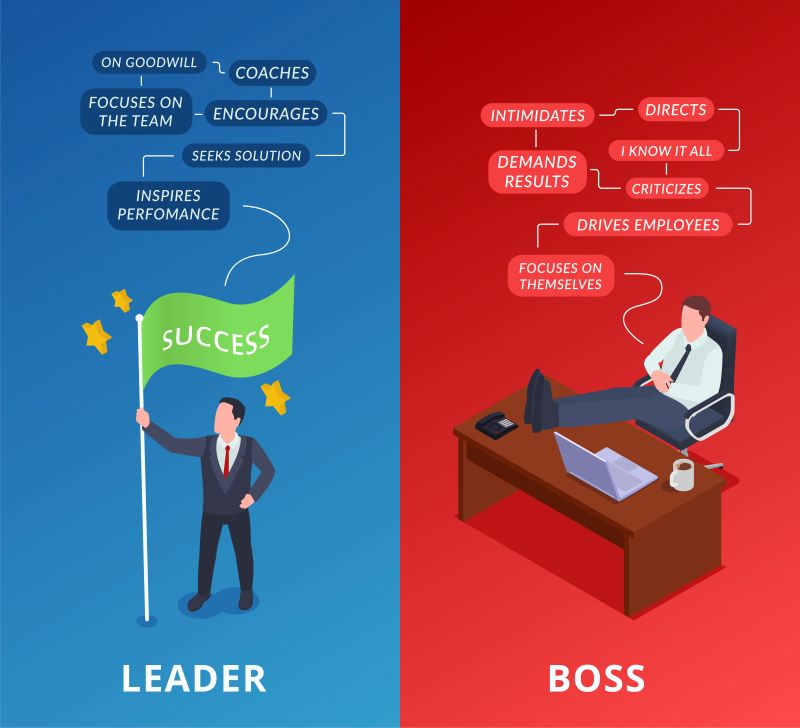Best Ways to Resign
At some point, you may decide that the best course of action for your career is to resign your current job and move to the job role that best aligns with your trajectory. Resigning from a job isn’t just about the last day in the office; it’s an art that, when done professionally, leaves a lasting impression. Knowing how to write a resignation letter the right way is not only an art form but also demonstrates a level of courtesy. This strategic move can keep doors open for future opportunities.
In this article, we’ll explore the best ways to navigate the transition process. Whether you’re considering a career change, pursuing a new opportunity, or simply looking to enhance your professional reputation, this guide is your compass to making a seamless exit.
How to say I quit professionally? Why is it important?
It is important to draft a resignation letter and professionally quit the organisation because:
- It helps you get along well with your coworkers and boss before you leave. These connections can be useful for networking, getting references, and maybe even working together in the future.
- Your professional reputation will improve if you quit your job. It shows that you are responsible, mature, and respect your boss and coworkers, which can help your reputation in the field.
- A professional resignation makes the end of your employment easier for both you and your boss. This gives them time to find a replacement and gives you time to finish up unfinished work or hand over responsibilities. This cuts down on stress and interruptions.
- In some situations, like notice periods or non-compete agreements, being professional is necessary to follow through on your legal and moral duties.
Best Ways to Resign
-
Submit a Resignation Letter
Start the process by writing a formal resignation letter. Address it to your immediate supervisor or manager. Keep the letter concise, clear, and positive. Express your gratitude for the opportunities you’ve had and your intent to resign. Mention your last working day, adhering to any notice period as required by your employment contract.
-
Resign in Person
Whenever possible, resign in person. Schedule a meeting with your supervisor to discuss your resignation. This approach is respectful and allows for open communication.
-
Quiet Quitting
Quiet Quitting is a tactic that employees can use to get a salary while performing the bare minimum job responsibilities. This ensures that they stay employed till they find something better while also not contributing any energy to the job role assigned to them.
-
Abscond
Absconding from work refers to the act of an employee leaving their job without proper notice or without going through the formal resignation process. This kind of resignation is deeply frowned upon and the employer reserves the right to not release your relieving letter. Here is what it includes:
- No-Show: The employee simply stops showing up for work without any prior communication or notice.
- Unauthorised Leave: The employee takes unauthorised or extended leave without obtaining approval from their employer.
- Ghosting: The employee abruptly cuts off communication with the employer, refusing to respond to calls, emails, or messages.
- Leaving in the Middle of the Workday: The employee leaves the workplace during the workday without notifying anyone, and doesn’t return.


